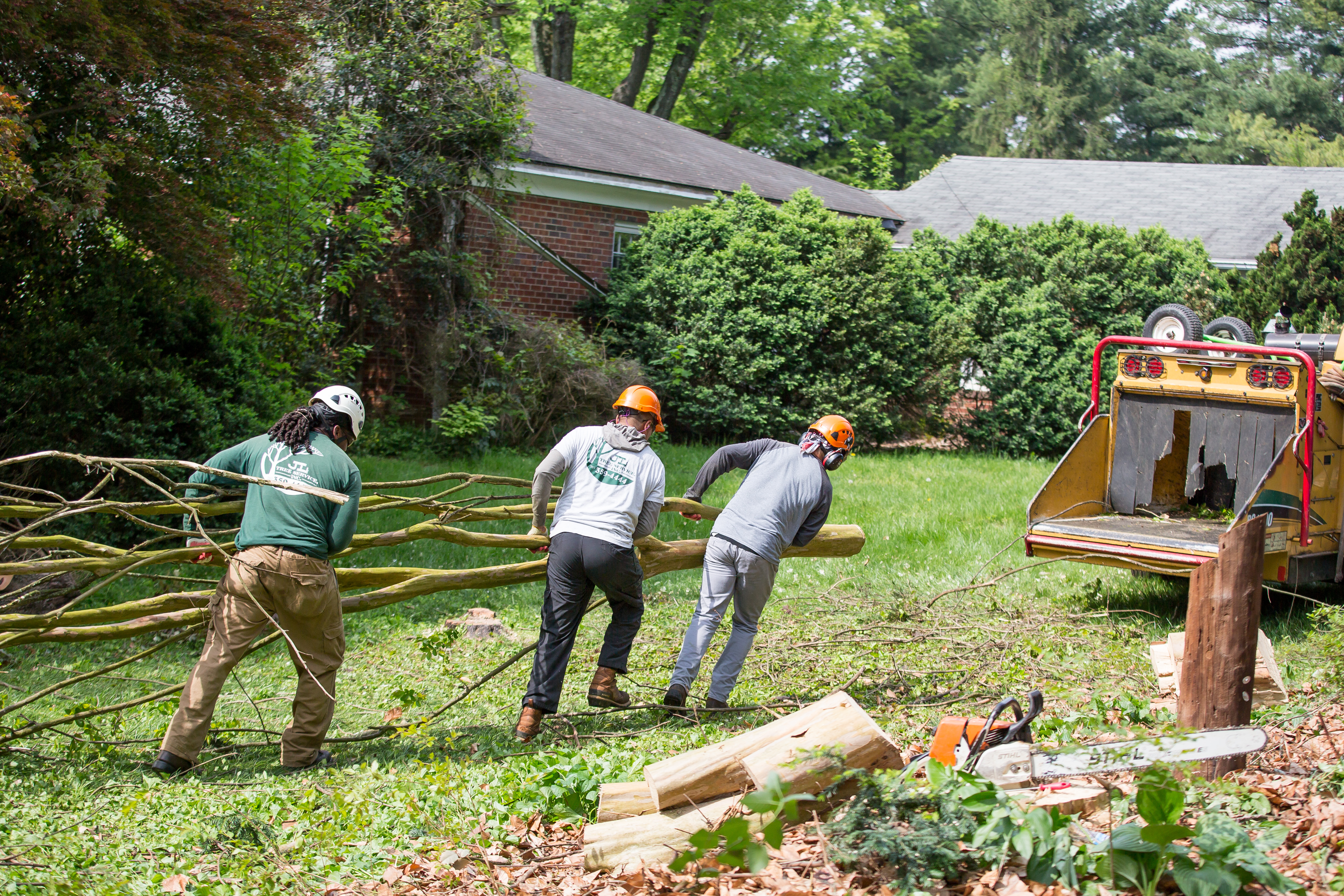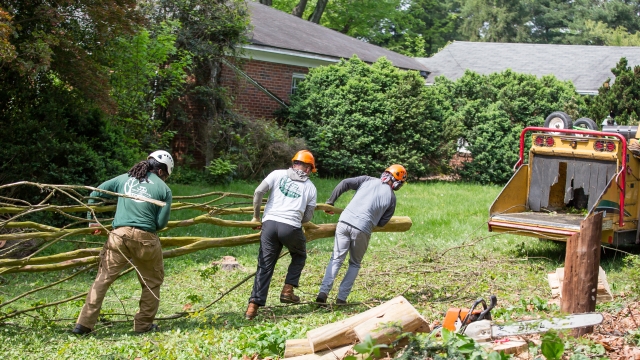Cutting down trees is a challenging and sensitive task that requires careful consideration and expertise. When it comes to tree removal, there are various reasons why it may be necessary, ranging from safety concerns to urban development projects. In this article, we delve into the art of tree removal, exploring the techniques, considerations, and potential benefits of this careful process. Whether you’re a homeowner in need of removing a hazardous tree or a city planner looking to strike a balance between progress and preservation, understanding the intricacies of tree removal is paramount. So, join us as we uncover the importance of cutting down to restore, and the role it plays in maintaining our natural environment.
Importance of Tree Removal
Trees are vital to our environment, providing us with oxygen, shade, and a natural habitat for various species. However, there are instances when tree removal becomes necessary. It may seem counterintuitive, but sometimes cutting down a tree is essential for the overall health and safety of the surrounding landscape.
Firstly, one of the main reasons for tree removal is when a tree becomes diseased or damaged. Diseases can spread quickly among trees, and if left untreated, it can have a devastating impact on the entire ecosystem. By removing the infected tree, we can prevent the disease from spreading to other healthy trees, thus preserving the overall balance of the environment.
Secondly, tree removal may be necessary to eliminate potential safety hazards. Trees that are weak, leaning precariously, or have large dead branches pose a significant risk to people and property. Strong winds or storms can easily cause these compromised trees to fall, resulting in accidents or damage. By removing these hazardous trees, we prioritize the safety of both human lives and the surrounding infrastructure.
Lastly, the removal of certain trees may be crucial for the betterment and aesthetics of a particular area. Sometimes, trees might outgrow their allocated space, causing them to overcrowd other plants or infringe on structures. In such cases, selective tree removal allows for better distribution of nutrients, sunlight, and space for other plant species to thrive. This creates a healthier and more balanced ecosystem, enhancing the beauty of the surroundings.
In conclusion, while trees are valuable assets to our environment, there are instances where tree removal becomes essential. Whether it’s due to disease control, safety concerns, or maintaining the overall ecosystem’s balance, tree removal plays a vital role in preserving the integrity of our natural surroundings.
Methods of Tree Removal
There are several methods that can be used for tree removal, depending on the size, location, and condition of the tree. Each method involves careful planning and execution to ensure safety and efficiency. Here are three commonly used methods:
Felling: Felling is the most straightforward method of tree removal. It involves cutting the tree at its base and allowing it to fall to the ground. This method is typically used for small to medium-sized trees that are in open areas with plenty of space for the tree to fall without causing damage. Before felling a tree, it is important to assess the surroundings and plan the direction of the fall to avoid any potential hazards.
Sectional Removal: When dealing with larger trees or trees that are situated in confined spaces, sectional removal is often the preferred method. This technique involves cutting the tree into smaller sections and removing them one at a time. The process starts by climbing the tree and cutting branches and limbs from the top down. Once the smaller sections are removed, the remaining trunk is carefully cut from the base. Sectional removal allows for more control and precision, making it suitable for trees near buildings, power lines, or other sensitive areas.
Stump Removal: After a tree has been felled, the stump is usually left behind. However, in some cases, stump removal may also be necessary. There are several methods for removing tree stumps, including grinding, digging, or using chemicals to speed up the decomposition process. Stump removal can be physically demanding and time-consuming, so it is often best to hire professionals who have the necessary equipment and expertise.
Commercial Tree Trimming

Remember, tree removal can be a dangerous task, and it is important to prioritize safety above all else. If you are unsure about how to remove a tree or if it poses any risks, it is recommended to consult with a professional arborist who can assess the situation and provide appropriate guidance.
Continued on next section…
Environmental Considerations
When it comes to tree removal, careful thought must be given to the potential environmental impact. Removing trees can have both positive and negative effects on our surroundings, which is why it is essential to consider various factors before undertaking such a task.
Firstly, one must assess the tree’s significance in terms of its ecological role. Trees provide vital habitat for numerous species, offering shelter and food sources. By removing a tree, we could disrupt the delicate balance of the ecosystem, potentially impacting the surrounding flora and fauna. It is crucial to assess the potential consequences and ensure alternatives are explored, such as transplantation or supporting natural regeneration.
Secondly, the ecological services provided by trees should not be overlooked. Trees play a pivotal role in combating climate change as they absorb carbon dioxide and release oxygen through photosynthesis. Additionally, they act as natural filters, improving air quality by trapping pollutants and reducing soil erosion. Considering these services and their potential loss is essential in evaluating the environmental impact of tree removal.
Finally, the overall landscape and aesthetic value should be taken into account. Trees contribute to the visual appeal of an area, providing shade, enhancing biodiversity, and creating a sense of tranquility. By removing trees without careful consideration, we risk altering the natural beauty of our surroundings and impacting our emotional connection to the environment.
In conclusion, tree removal should always be approached with caution to minimize the potential environmental impact. Understanding the ecological significance, considering the services provided, and preserving the landscape’s charm are fundamental aspects of responsible tree removal practices. By striking a balance between human needs and environmental considerations, we can ensure the art of tree removal is performed harmoniously with nature.


